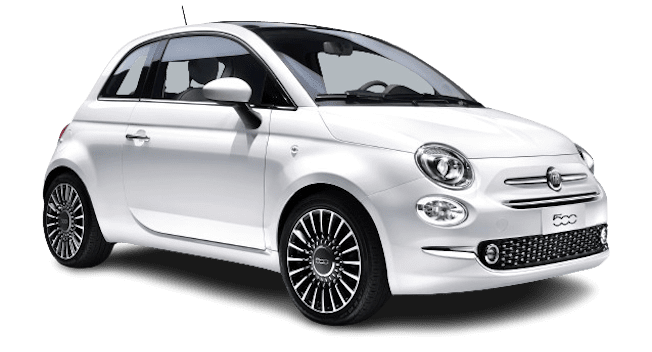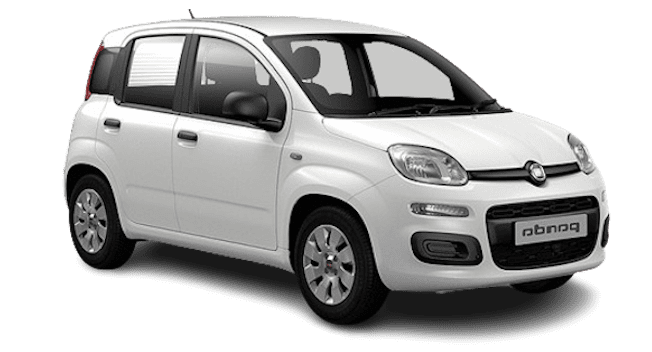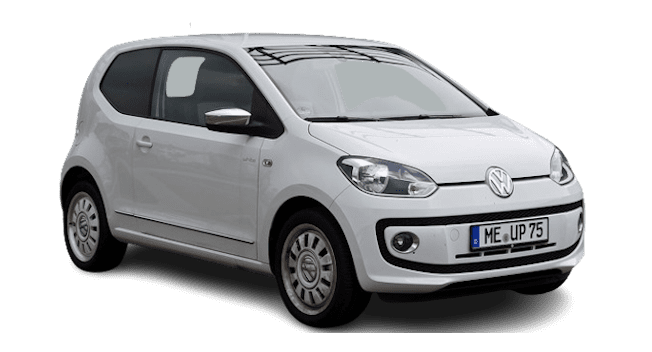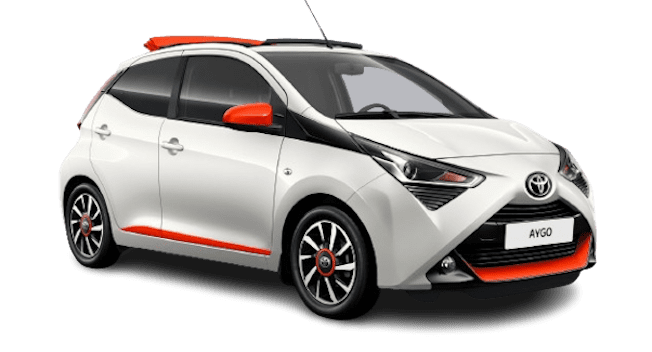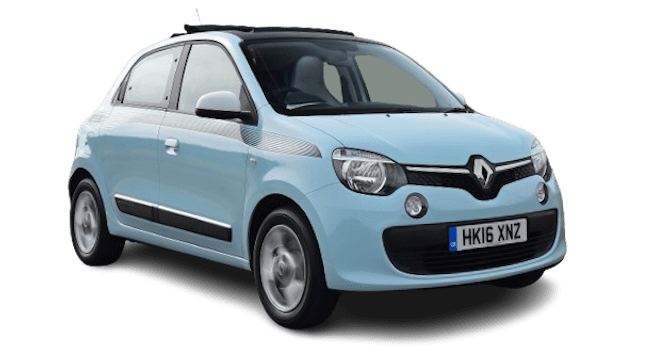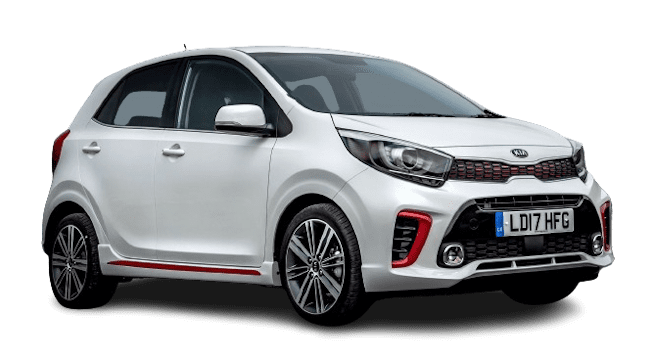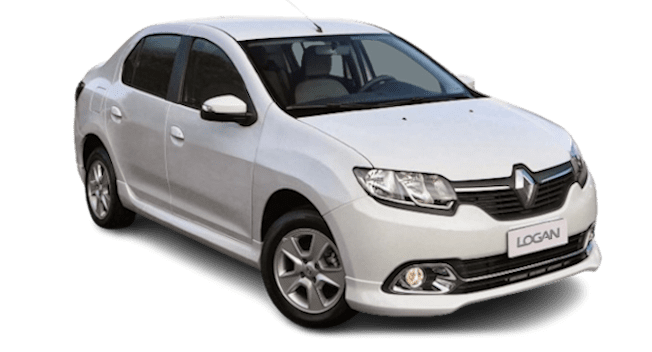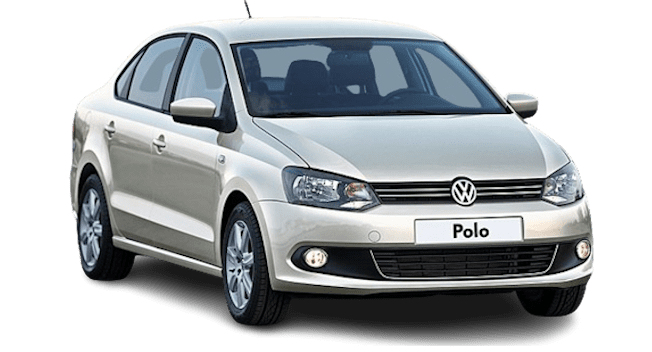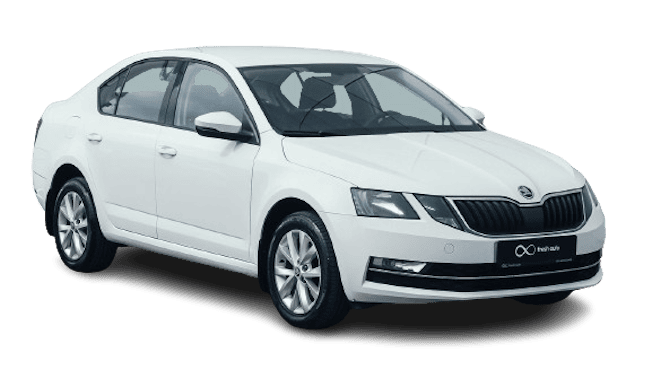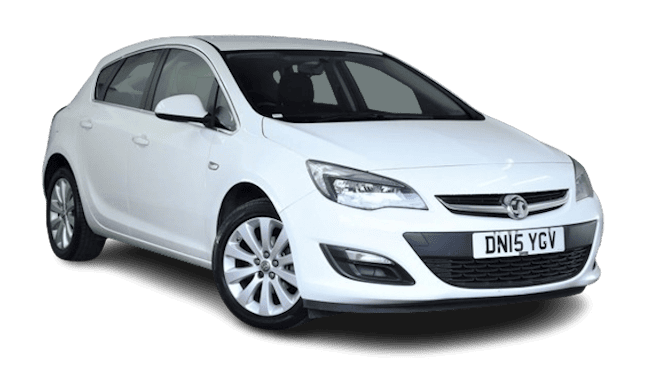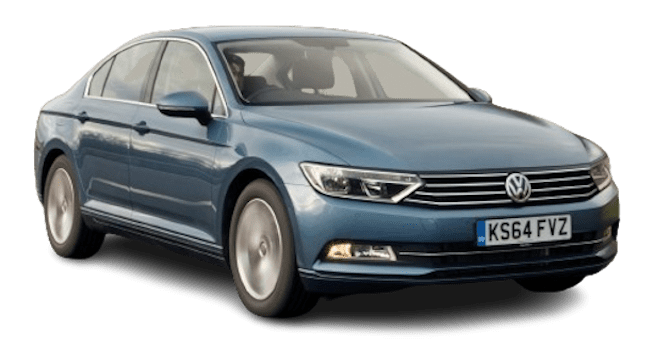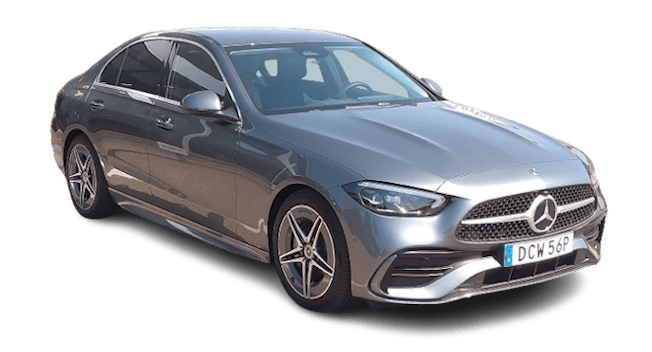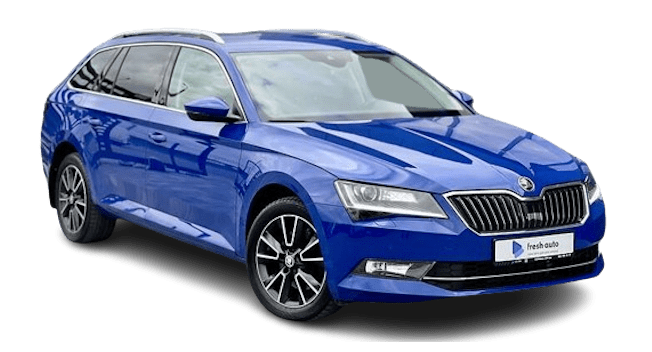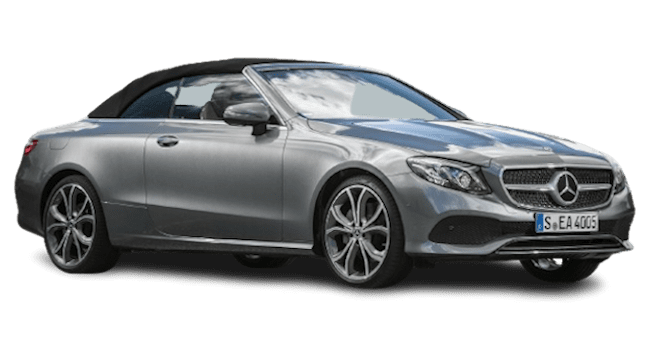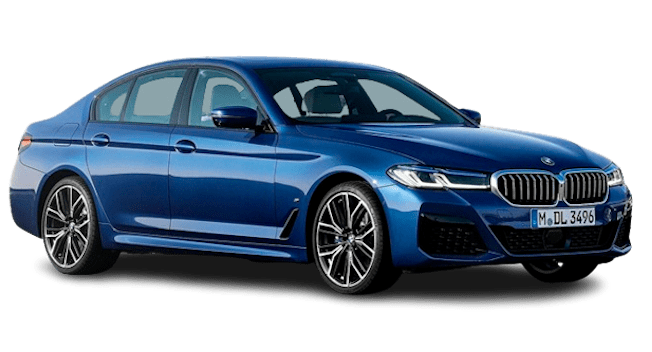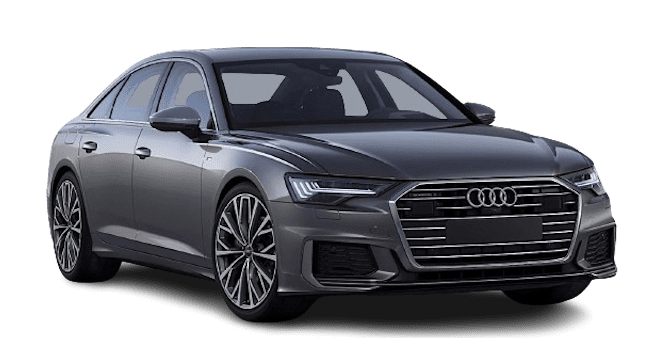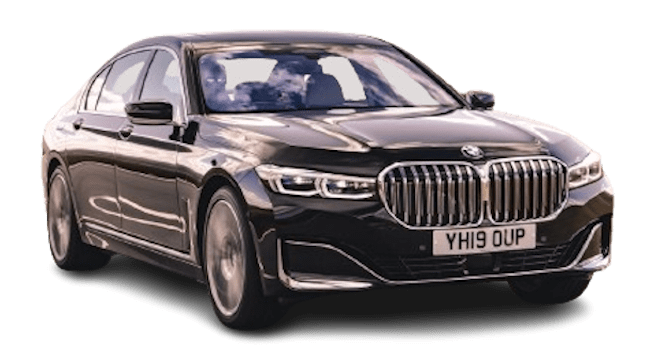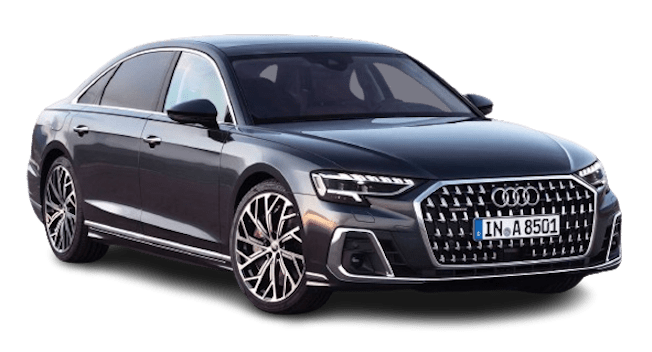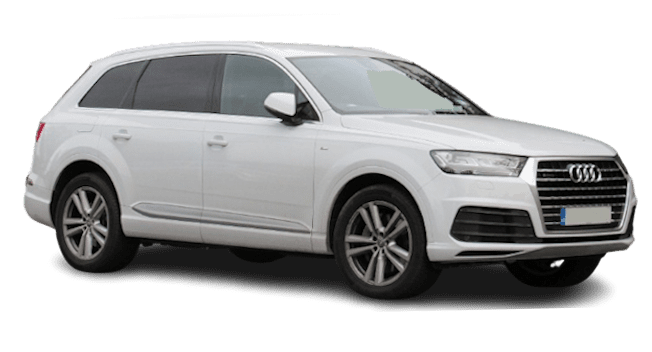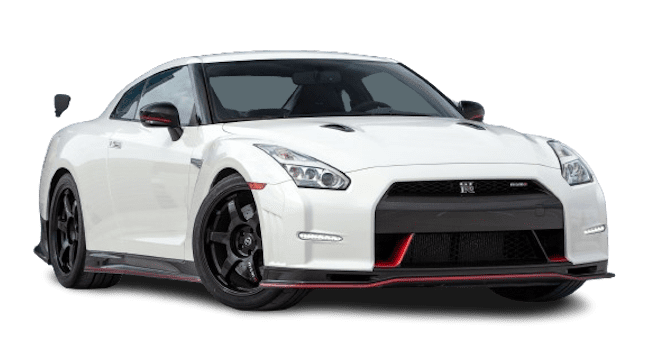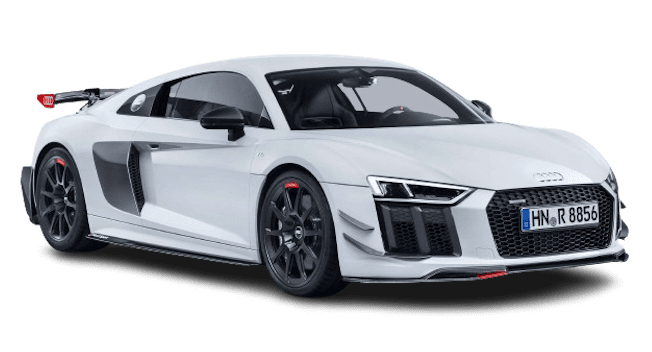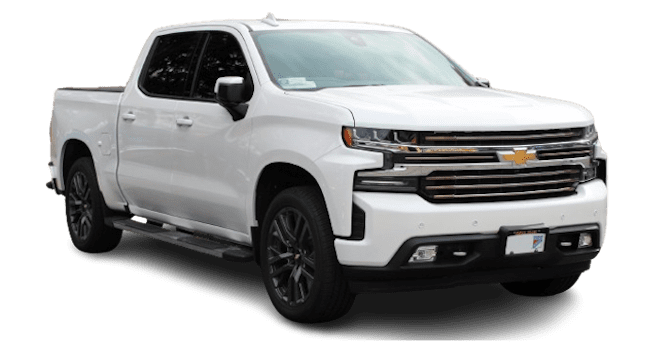Classes of cars: understanding their features
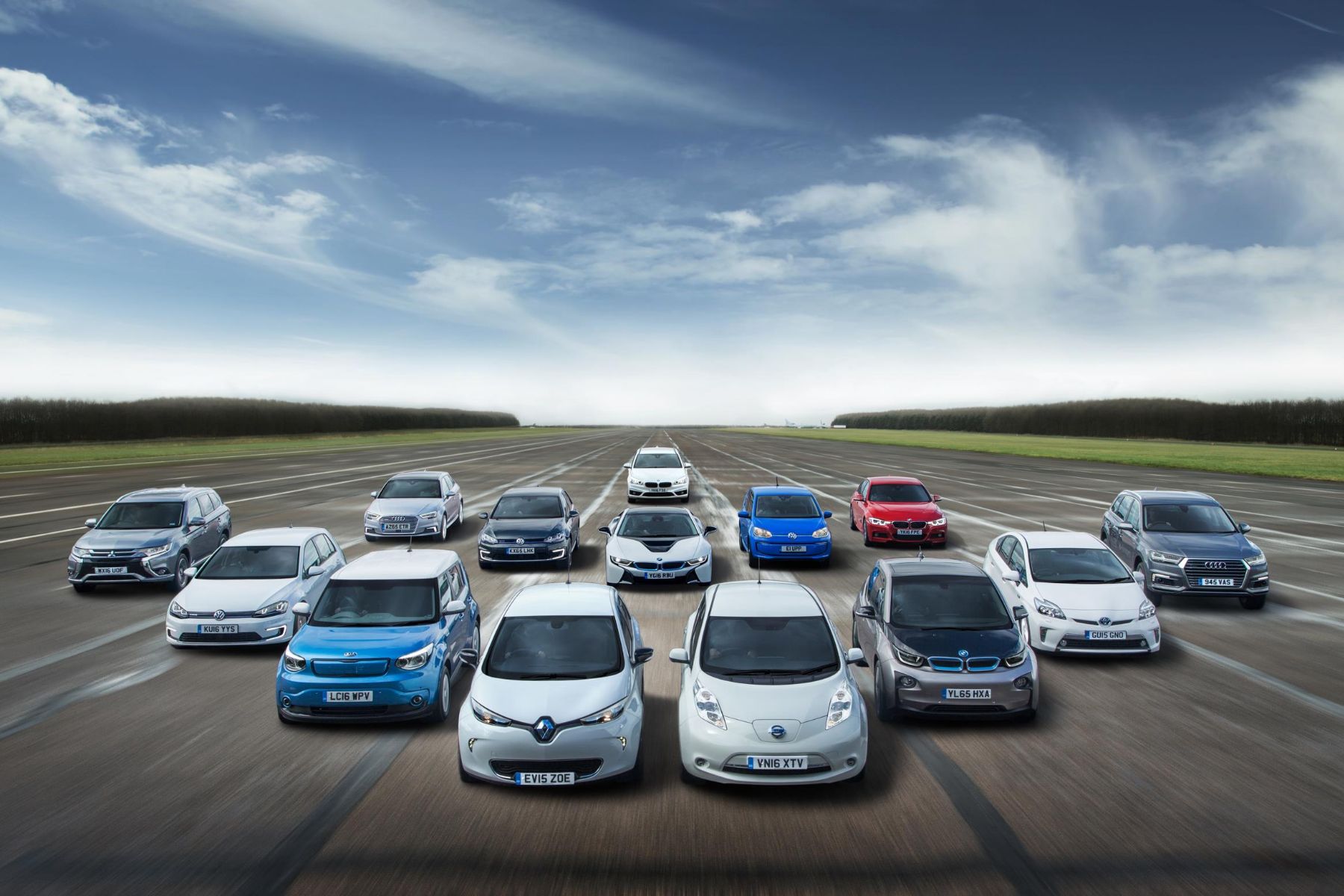
Most people distinguish cars solely by their exterior and body shape. However, manufacturers also assign cars to a certain class, among other technical characteristics. This is where the confusion begins, especially when new subcategories of cars appear.
Let's explore what car classes are, what they are, and why it's important to know each one.
Content:
Car classes: variety
There are many different classes of cars, each of which corresponds to a specific market segment. Interestingly, body type or environmental friendliness usually do not play a key role in car classification.
Car classification may differ from region to region. For example, the American and European systems have their own specifics. And in Asian countries, such as Japan, the situation is even more unique. So-called kei cars are very popular there, which do not quite fit into traditional car classes. These small cars occupy a kind of intermediate position between cars and motorcycles. It is also worth noting pickup trucks, which are sometimes separated into a separate category due to their specific characteristics.
The most common is the European car classification system. It was adopted in 1999. It is based on the dimensions of vehicles. Classes of cars in this system are designated by simple letter markings - A, B, C, and so on, following the alphabet (note that this should not be confused with the designations of Mercedes-Benz models). There are nine main classes in the system. An interesting point in this classification is that when a car model "grows" to a size that goes beyond its initial class, a "+" prefix is added to its designation.
Types of cars in the European classification system [1]:
- А: Microcars;
- B: Compact city cars;
- C: Golf-class vehicles;
- D: Midsize cars;
- E: Executive cars;
- F: Premium-class vehicles;;
- J: Crossovers;
- M: Multi-purpose vehicles, minivans;
- S: Sports cars.
Class A
These compact cars are ideal for urban environments, as they are easy to park and can easily navigate narrow streets. The length of such cars does not exceed 3.6 meters. Most often, these are three-door hatchbacks. These cars are distinguished by their maneuverability and have a relatively small engine size, usually in the range of 0.8 to 1.4 liters. This indicates that the fuel consumption of cars in this class is the lowest among all available options. Luggage compartments are usually of limited size.
A-class cars became popular in the late 1950s, thanks to the introduction of models such as the Fiat 500 and BMC Mini. By 2017, the share of sales of cars in this class reached 8% in the European market.
Typical representatives and the best-selling vehicles of the A segment in Europe include the Fiat 500, Fiat Panda, Volkswagen Up!, Toyota Aygo, Renault Twingo, and Kia Picanto.
Class В
B-segment cars are designed primarily for urban environments, but they are also suitable for short trips out of town. Hatchbacks in this class range in size from 3.7 to 4.2 meters, while sedans can reach a length of more than 4.4 meters. This provides additional space in the cabin for passengers and allows you to place several suitcases in the trunk. Class B cars often use economical engines, which makes them more affordable to operate. These cars have good maneuverability, which is important for driving on busy city streets. Today, the B-class is one of the most popular. In general, B-class cars perfectly combine convenience for everyday travel, reasonable cost and fuel consumption, making them a popular choice among a wide range of car owners.
B-class cars account for 25% of the entire European car market.
Representatives of this class:
Class С
Also known as the golf class, and historically the first model of this class is the Volkswagen Golf. Cars in this segment are considered ideal for family travel, offering comfort both in urban environments and on the highway. Their dimensions range from 4.1 to 4.6 meters, sometimes reaching slightly larger sizes. The advantages of this class include moderate body dimensions, excellent maneuverability and handling, powerful and economical engines, and affordability. The C-Class lineup includes a variety of body types, including sedans, station wagons and five-door hatchbacks, providing a wide range of choices for different driver needs.
C-Class cars are a good solution for residents of large cities. These vehicles combine relatively low operating costs with a high level of ride comfort, making them the optimal choice for urban environments.
In Europe, popular and best-selling C-class cars include the Toyota Corolla, Volkswagen Golf, Škoda Octavia, Opel Astra, Ford Focus, and Renault Mégane.
Class D
For those looking for true comfort and space, this is the segment where large sedans begin. The body length of this class varies from 4.5 to 4.8 meters, offering the perfect combination of functionality for family trips and elegance for business meetings. D-Class cars are well-equipped with modern safety and comfort technologies. The trunk of such cars starts from 400 liters. In terms of technical characteristics, you will have plenty to choose from: manufacturers offer a variety of engine and transmission options to meet any needs and preferences. In this segment, most cars are presented in sedan and station wagon bodies, but hatchback models are also sometimes found.
The share of sales of D-segment vehicles is 8% of the European market.
As of February 2020, the leaders in the D segment in Europe were the Volkswagen Passat, Mercedes-Benz C-class, Audi A4, BMW 3 series, Škoda Superb, and Mazda 6.
Class E
E-class cars stand out for their size, modern technical characteristics and, of course, their higher price. In this category, you will find many premium features, including various electronic assistants, high-quality interior materials, and more. The E-Class often includes both sedans and station wagons that offer extended luggage space. Another characteristic feature of these cars is improved safety: they are equipped with advanced active and passive safety systems. The E-Class is usually powered by powerful engines that provide excellent dynamics and performance. Traditionally, German car brands are leading in this class.
The three best-selling cars in the E-class category in Europe are the Mercedes-Benz E-class, BMW 5 series, and Audi A6.
Class F
These are luxury cars. They not only feature modern technical solutions, but also offer unsurpassed comfort and luxury. This is the largest class of passenger cars in terms of dimensions. The length of a car in this class exceeds 5 meters, which means there is a lot of space inside, especially in the back seats. Manufacturers often offer unique additional options, including special champagne boxes, exclusive picnic sets, door umbrellas, and other exquisite accessories.
F-Class cars occupy a narrow niche in the European market with a sales share of about 0.3%. The choice of models in this segment is quite limited. Most of them are sedans, but there are also station wagons and hatchbacks with rear doors.
The four most renowned F-class cars in Europe are the Mercedes-Benz S-class, BMW 7 series, Porsche Panamera, and Audi A8.
Class J
This class of cars usually includes models with off-road performance. This segment offers a wide range of options, from spacious full-size models to compact versions. Manufacturers offer a variety of all-wheel drive systems, each with its own unique characteristics. In addition, vehicles in this class can be further subdivided into subcategories based on their size, off-road capabilities, and other factors. These cars have increased ground clearance, powerful engines, reinforced suspension, improved safety systems and a high level of comfort.
J-Class vehicles are popular among buyers looking for versatility, comfort and safety. Sales in this class in Europe are growing every year. In 2015, the J-Class became the best-selling segment with a 28% market share.
The top five best-selling mid-size and full-size premium SUVs and crossovers in Europe include the BMW X5, Volvo XC90, Audi Q7, Mercedes-Benz GLE-Class, Volkswagen Touareg, and Range Rover Sport.
Class M
These versatile vehicles, known as MPVs (multi-purpose vehicles), are ideal for both passenger and cargo transportation. These are spacious vans and minivans with a multifunctional interior and, depending on the model, a third row of seats. This class of car is ideal for large families and long trips. Some of them can be converted into camping cars, providing the comfort of a full-fledged motorhome. These cars are often used in business.
Representatives of the M-class include the Volkswagen Caravelle, Mercedes-Benz V-Class, Kia Carnival, and Peugeot Expert Tepee.
Class S
Cars known as sports coupes, sports cars, and supercars are designed with a focus on maximum speed and handling. They reach their full potential, as a rule, on racetracks. Their low ground clearance creates difficulties when driving on bad roads or in off-road conditions.
Despite this, they are very popular among wealthy car enthusiasts.
These cars are not about comfortable trips with the whole family, their appearance and characteristics clearly indicate that they are designed for high-speed driving.
The four most famous representatives of this class are the Porsche 911, Nissan GT-R, Lamborghini Huracán, and Audi R8.
Pickups
There is one interesting detail regarding pickups. According to the European standard, pickup trucks do not fall into the usual categories of vehicles with letter designations. However, in the United States, the approach to classifying these vehicles is completely different.
In the American system, pickups occupy their own unique segment. This is quite logical given their popularity and functionality in the United States. Interestingly, within this segment, Americans have even identified several subcategories: from compact pickups, which are ideal for city life, to medium-sized pickups, designed for more serious tasks. There are also full-size pickups, which are often chosen for work and leisure.
This division emphasizes the diversity and versatility of pickup trucks, making them not just a vehicle, but a real work tool for different life situations.
Representatives of this class include the Dodge RAM, Chevrolet Silverado, Nissan Navara, and Toyota Tundra.
How the boundaries of automobile classes are changing
The classification of models is never absolute and is constantly changing. As technology advances, the traditional boundaries between different car segments are becoming increasingly blurred. At the same time, most buyers tend to make their choice based on equipment and functionality rather than strictly on the car class. However, in certain contexts, a clear distinction between car classes remains important. It helps marketers analyze the market more effectively and respond quickly to changes in consumer preferences. In addition, in some countries, the car class directly affects the level of taxation, and for market analysts, the classification makes it easier to compare models in terms of safety, especially when conducting crash tests.
An example is the European Committee for Independent Crash Testers (EuroNCAP), which develops its own classification of cars, covering such categories as Superminis, Small family cars, Large family cars, Small off-roaders, and others.
Of course, the European car classification system is not the only one of its kind, although it is extremely popular. In the United States, the classification of cars is based on the volume of the interior: mini cars are cars with a volume of up to 85 cubic feet, subcompact and compact cars with a volume of 85 to 120 cubic feet, respectively, and full-size cars are those with a volume of more than 120 cubic feet. In Canada, a similar system is used, but the interior volume is measured in liters. In China, the classification of passenger cars is based on the size and displacement of the engine.
Classification of cars by class, table
Class | Class Name Options | Body Type | Mandatory 4x4 Drive | Length (mm) | Width (mm) | Wheelbase (mm) | Engine Capacity |
A | — | Hatchback 3-5 doors | — | 3.200 - 3.600 | 1.495 - 1.640 | 2.200 - 2.446 | 0.8 - 1.4 |
B | — | Hatchback 3-5 doors, Station Wagon, Sedan | — | 1.610 - 3.990 | 1.640 - 1.680 | 2.370 - 2.490 | 1.1 - 2.0 |
C | Small medium golf class | Hatchback 3-5 doors, Station Wagon, Sedan | — | 4.000 - 4.300 | 1.700 - 1.777 | 2.510 - 2.640 | 1.2 - 1.8 |
C-High* | — | Hatchback 5 doors, Station Wagon, Sedan | — | 4.375 - 4.550 | 1.700 - 1.778 | 2.510 - 2.641 | 1.4 - 2.0 |
D | — | — | — | 4.520 - 4.730 | 1.746 - 1.812 | 2.670 - 2.754 | 1.6 - 3.2 |
E | — | — | — | 4.740 - 4.900 | 1.775 - 1.835 | 2.700 - 2.840 | 2.0 - 3.5 |
F | Executive class | Sedan | — | 5.000 - 5169 | 1830 - 1903 | 2830 - 2991 | 3.0 - 5.0 |
S | Sports coupe | — | — | — | — | — | — |
M (MPV-B) | Minivan | — | — | 3.500 - 4.040 | 1.720 - 1.500 | 2.360 - 2.630 | 1.0 - 1.8 |
M (MPV-C) | Minivan | — | — | 4.000 - 4.550 | 1.700 - 1.870 | 2.736 - 2.760 | 1.4 - 2.0 |
M (MPV-Large) | Minivan | — | — | 4.500 - 4.780 | 1.720 - 1.965 | 2.800 - 3.000 | 1.3 - 2.9 |
J (SUV Min)i | SUV, crossover | — | + | 3.845 - 3.590 | 1.555 - 1.630 | 2.250 - 2.420 | 0.7 - 1.5 |
J (SUV Compact) | SUV, crossover | — | + | 4.195 - 4.500 | 1.765 - 1.820 | 2.468 - 2.625 | 1.6 - 2.5 |
J (SUV Medium) | SUV, crossover | — | + | 4.400 - 4.560 | 1.755 - 1.890 | 2.360 - 2.750 | 2.4 - 4.0 |
J (SUV Large) | SUV, crossover | — | + | 4.610 - 5.090 | 1.760 - 2.065 | 2.400 - 3.120 | 3.2 - 5.5 |
J (SUV Pick-UP**) | SUV, crossover | Pickup | + | 3.845 - 5.090 | 1.555 - 2.065 | 2.250 - 3.120 | 1.5 - 6.5 |
J (SUV Premium Compact) | SUV, crossover | — | + | 4550 | 1860 | 2790 | 2.0 - 3.0 |
J (SUV Premium Medium) | SUV, crossover | — | + | 4565 | 1853 | 2795 | 3.2 - 5.5 |
J (SUV Premium Large) | SUV, crossover | — | + | 4.638 - 4.798 | 1.840 - 1.928 | 2.715 - 2.855 | 1.5 - 6.5 |
C-Premium*** | — | Hatchback 3-5, Sedan | — | 3.630 - 4.440 | 1.670 - 1.770 | 2.400 - 2.730 | 1.6 - 2.5 |
D-Premium*** | — | — | 4.550 - 4.700 | 1.730 - 1.800 | 2.600 - 2.730 | 1.6 - 2.4 | |
E-Premium*** | Executive class, business class | Sedan, Station Wagon | — | 4.720 - 4.880 | 1.800 - 1.830 | 2.700 - 2.860 | 1.8 - 3.5 |
High Premium | F-class, executive | Sedan | — | 5.000 - 5.169 | 1.830 - 1.903 | 2.880 - 2.991 | 3.0 - 5.0 |
Luxury Premium | — | Sedan | — | 5.730 - 6.170 | 1.918 - 1.990 | 2.745 - 3.825 | 5.0 - 6.7 |
HD (Roadster) | — | — | — | 3.420 - 4.320 | 1.610 - 1.720 | 1.150 - 2.440 | 0.7 - 2.2 |
H (Roadster) | — | — | — | 4.010 - 4.320 | 1.710 - 1.780 | 2.400 - 2.540 | 1.8 - 3.2 |
S (Coupe Low) | — | — | — | 4.270 - 4.490 | 1.700 - 1.760 | 2.530 - 2.680 | 1.6 - 2.7 |
S (Coupe Premium Low) | — | — | — | 4.040 - 4.720 | 1.730 - 1.820 | 2.420 - 2.720 | 1.8 - 5.4 |
S (Coupe Premium High) | — | — | — | 4.430 - 4.760 | 1.770 - 2.045 | 2.350 - 2.690 | 3.6 - 6.2 |
